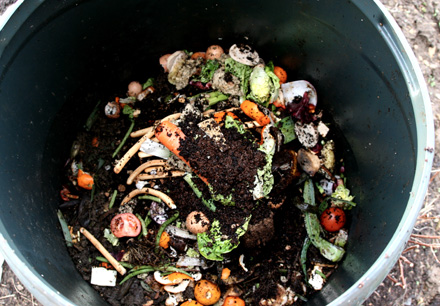Hello readers, in this website you will be learning about composting! Composting is one of the most efficient and effective ways of fertilizing your soil. Here, you will learn about many key points about composting along with several elements, methods, and lots of helpful tips to go along with them.
Composting is the process of recycling decomposed organic materials into a rich, fertile soil. When compost is added to the soil, the soil obtains a variety of nutrients and gains porosity. Adding nutrients to the soil makes plants have a more abundant food source and enables them to have a greater growth speed. Porosity allows thee soil to hold more water and nutrients,and also allows air to pass into the soil. This guards against the rotting of root fungi, and provides the necessary oxygen to the roots and earthworms, allowing them to do their work on soil enhancement. As you can see, composting has alot of good effects and benefits.
Here are 5 other reasons on why you should compost:
- You will significantly reduce pest problems.
- Healthier plant have a much higher capability to fight off diseases ans pests/bugs.
- Compost fixes both sandy and clay type soils.
- Composting is more green and saves money- instead of buying fertilizers that later flow into streams and pollute.
- Feeding your plants with compost, will improve your own diet. Plants grown in nutrient-less soils are less healthy to eat.


